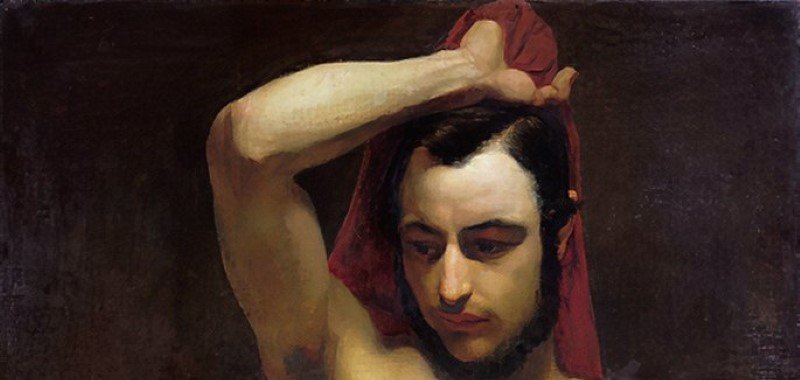
Ulrichs’s urning
When Ulrichs made his first attempt to describe the urning he used a ‘third sex’ model rooted in biology. He described the human embryo as having a germ for the love drive. Male embryos would have a male love drive and female embryos, a female one. In some individuals though, a male embryo would develop with a female love drive and vice versa. These individuals would grow up with their desire oriented to their own sex. As a secondary characteristic, the urning was also supposed to be lightly effeminate.
The responses from his urning readers disputed the parameters of the urning identity and Ulrichs had to revise and complexify his model to accomodate this. His final model of identity acknowledged the bisexual, which he called a Uranodioning. He also recognised that there was a spectrum of gendered behaviour from the hyper masculine (Mannling) to the hyper feminine (Weibling) with most urnings falling somewhere in between.
This graphical representation of Ulrichs’s later complex model of the urning and related identities appear in John Addington Symonds’ A Problem in Modern Ethics (1891)
